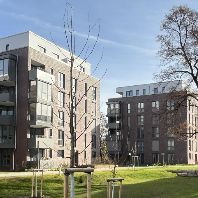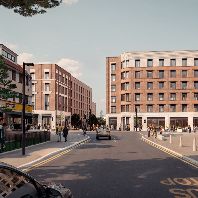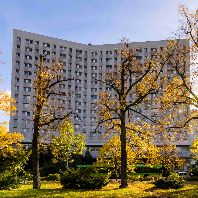The European commercial property investment market enters 2016 on the back of a very strong 2015, with provisional data indicating that transaction volumes increased by more than 20% y-o-y, according to Knight Frank.
Despite various economic and political headwinds, investor sentiment towards European property remains positive and large volumes of capital continue to target the sector. Knight Frank forecasts that European investment volumes in 2016 will be broadly in line with 2015 totals.
Investors should be buoyed by continued improvements in occupier market activity in 2016. Increased take-up was recorded in the majority of key office markets in 2015, and Knight Frank forecasts that aggregate European office take-up will rise by a further 10% in 2016. This improved demand, combined with the diminishing availability of prime office space in European CBDs, should support more widespread rental growth in 2016.
Improvements in office demand are expected to encourage increased development in 2016. Development activity is likely to be shaped by the current polarisation of office demand, with occupier interest most strongly focused on prime city centre space, while older and less well-located offices struggle to attract tenants.
Knight Frank’s European Commercial Property Outlook has identified the following key opportunities for property investors and developers in 2016:
Opportunities for 2016:
Development
- CBD office development: With prime CBD space in short supply in cities such as London, Paris, Dublin, Frankfurt and Madrid, occupiers seeking large centrally-located offices currently have very limited choices. The pent-up demand for such office space should mean that developers able to deliver well-located new projects are able to command rental premiums.
- Redevelopment of secondary stock: In cities such as Amsterdam and Brussels, vacancy rates remain relatively high for Grade B offices and secondary locations. There are opportunities to gain value through the redevelopment of such properties, and through change of use to residential or specialist sectors.
Investment
- Rental growth hotspots: Prime office rents are still below long-term averages in markets such as Spain and France. Improving occupier demand and falling vacancy rates should support rental growth across a rising number of European markets in 2016, and this will increasingly drive investment decisions.
- Specialist sectors: Healthcare, automotive and student property are gaining momentum across European markets, and offer higher yielding opportunities than traditional sectors and a route to portfolio diversification.
Andrew Sim, head of European capital markets, Knight Frank, commented: “As we enter 2016, the case for European commercial property investment remains compelling, when compared with alternative investment media and large volumes of capital continue to target the sector. However, following three years of exceptionally strong growth in transaction volumes, we expect the European investment market to show more moderate trends in 2016. With prime yields reaching historically low levels across a growing number of European markets, we anticipate that the pace of yield compression will slow, and investors will increasingly look to rental growth, rather than yield compression, to drive investment returns.”
Matthew Colbourne, associate, Knight Frank research, commented: “Current occupier market dynamics will create contrasting development opportunities in 2016. Shortages of prime CBD office space and good rental growth prospects should encourage investors to explore city centre development opportunities across key European markets. Meanwhile, there are opportunities to gain value by redeveloping less desirable Grade B assets and offices in secondary locations, and through their change of use.”















